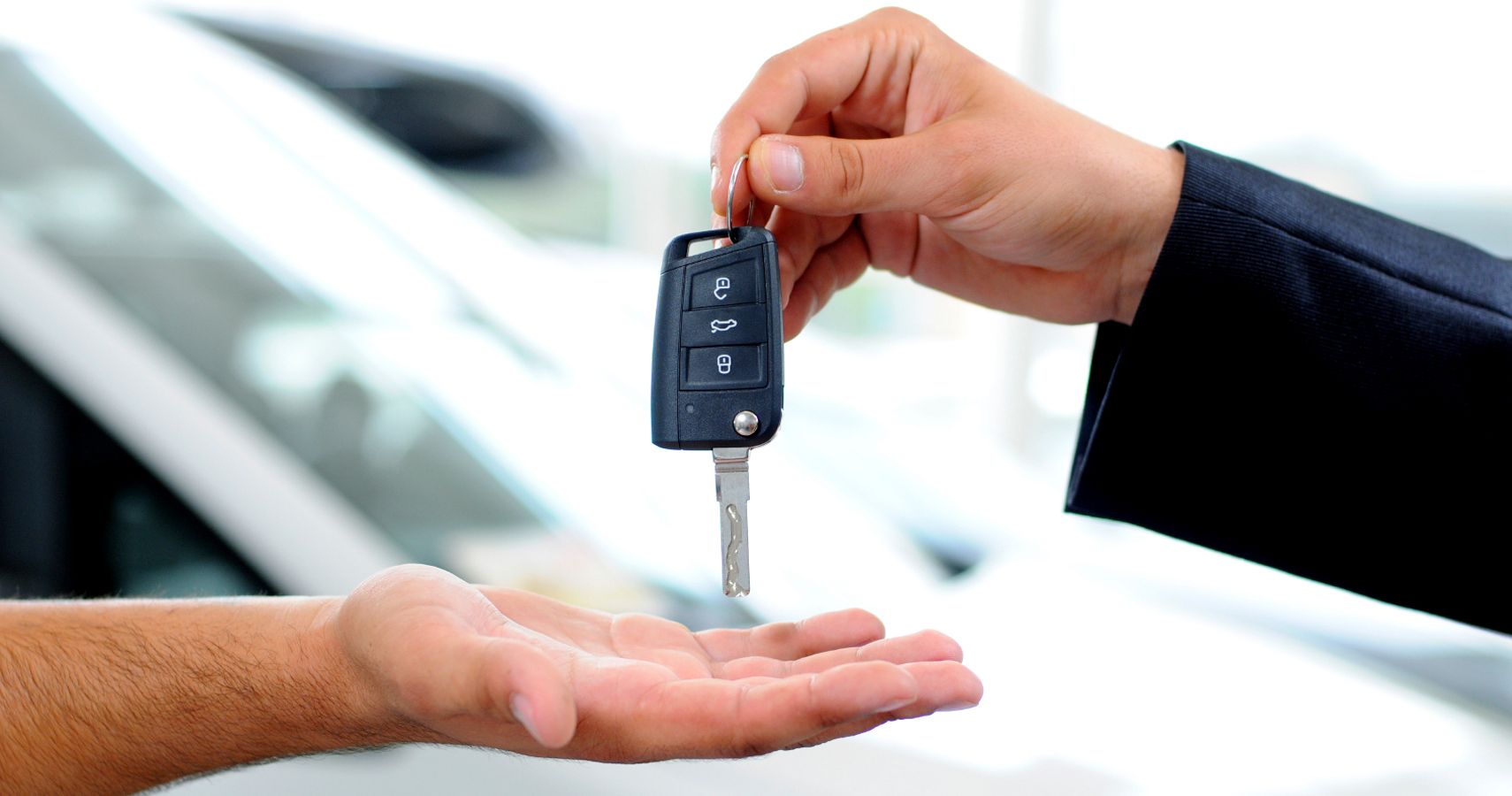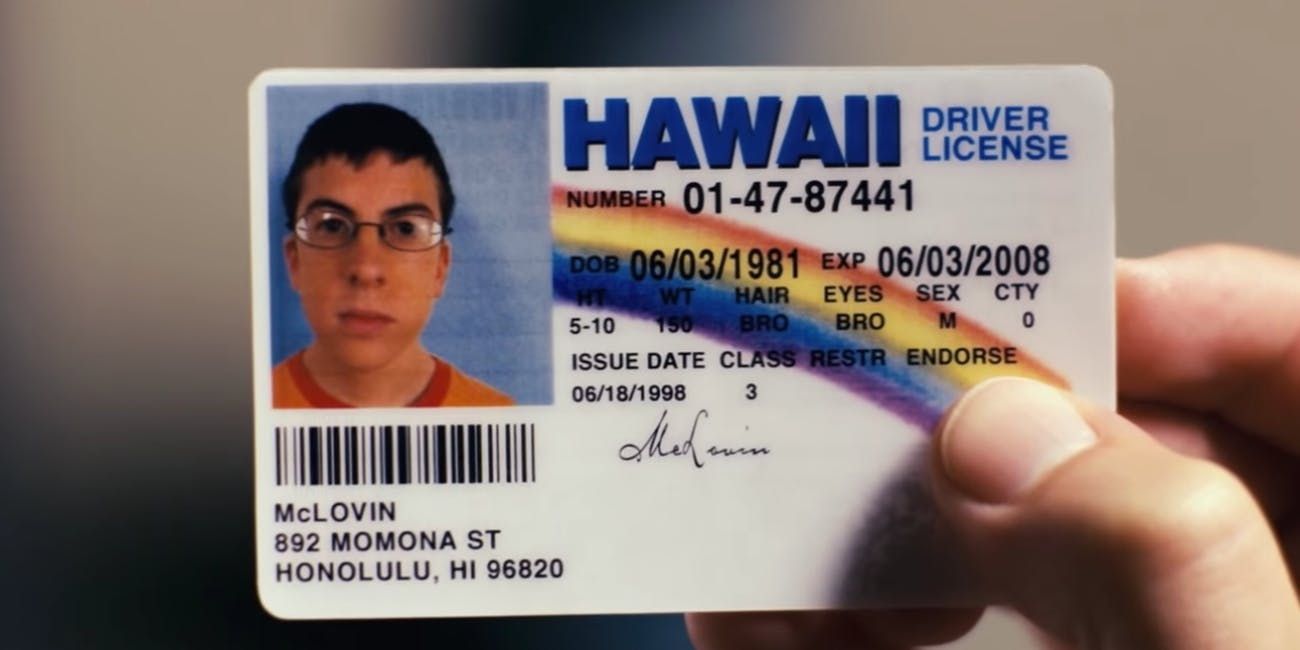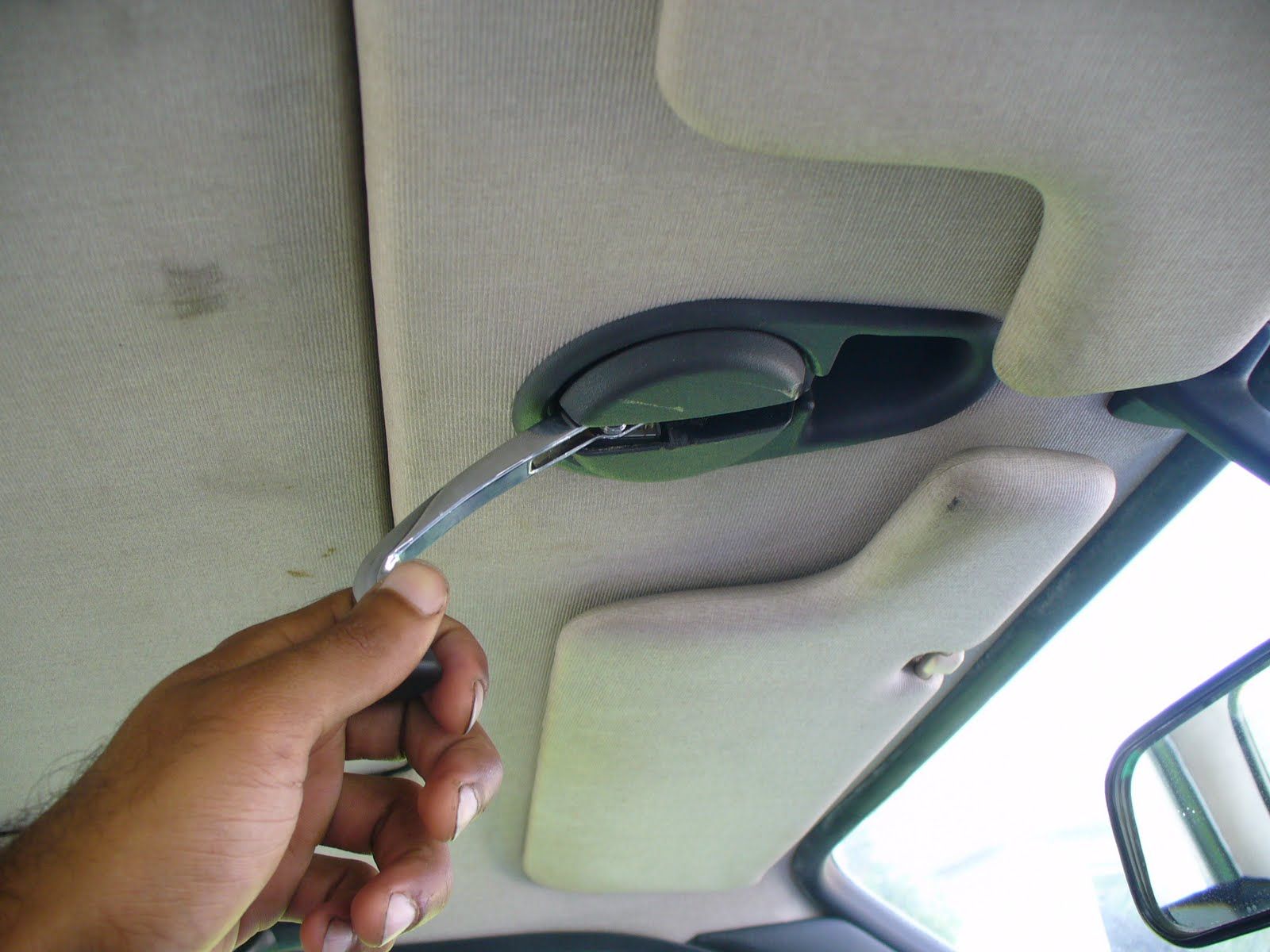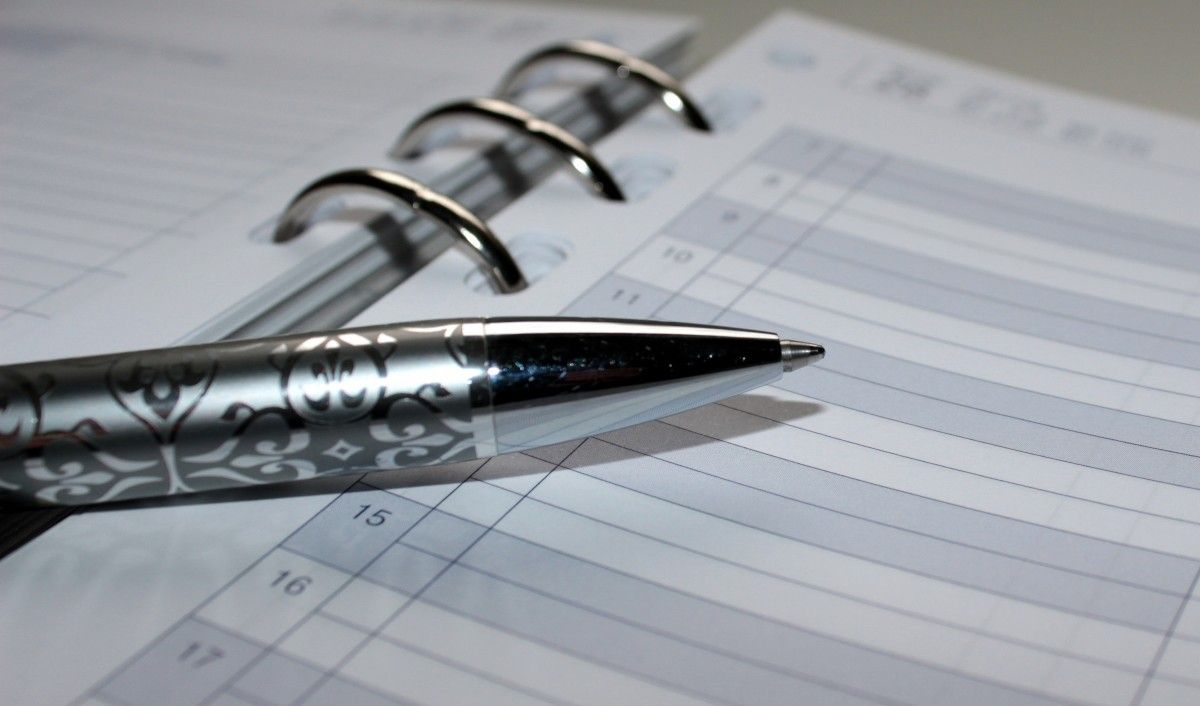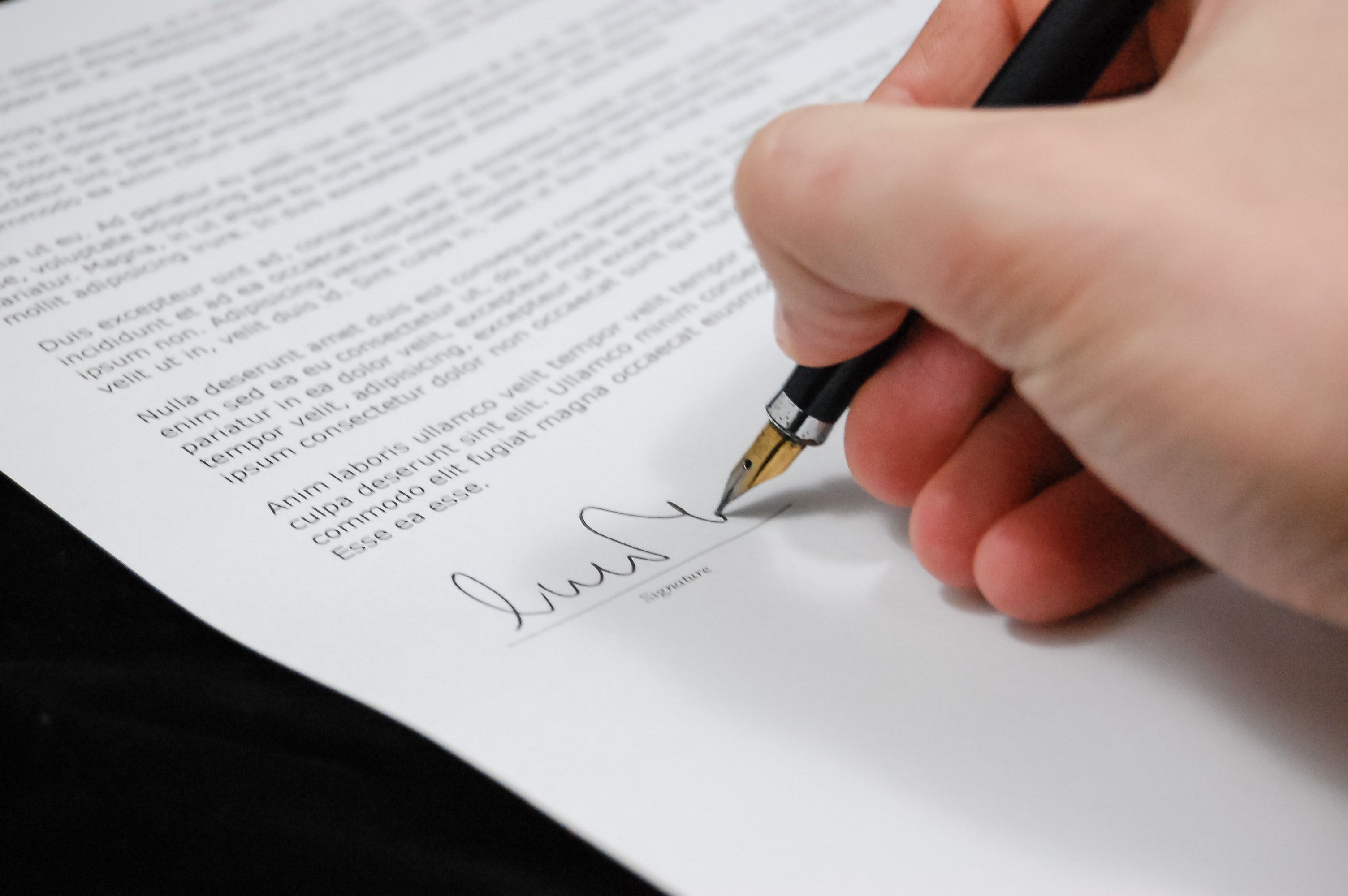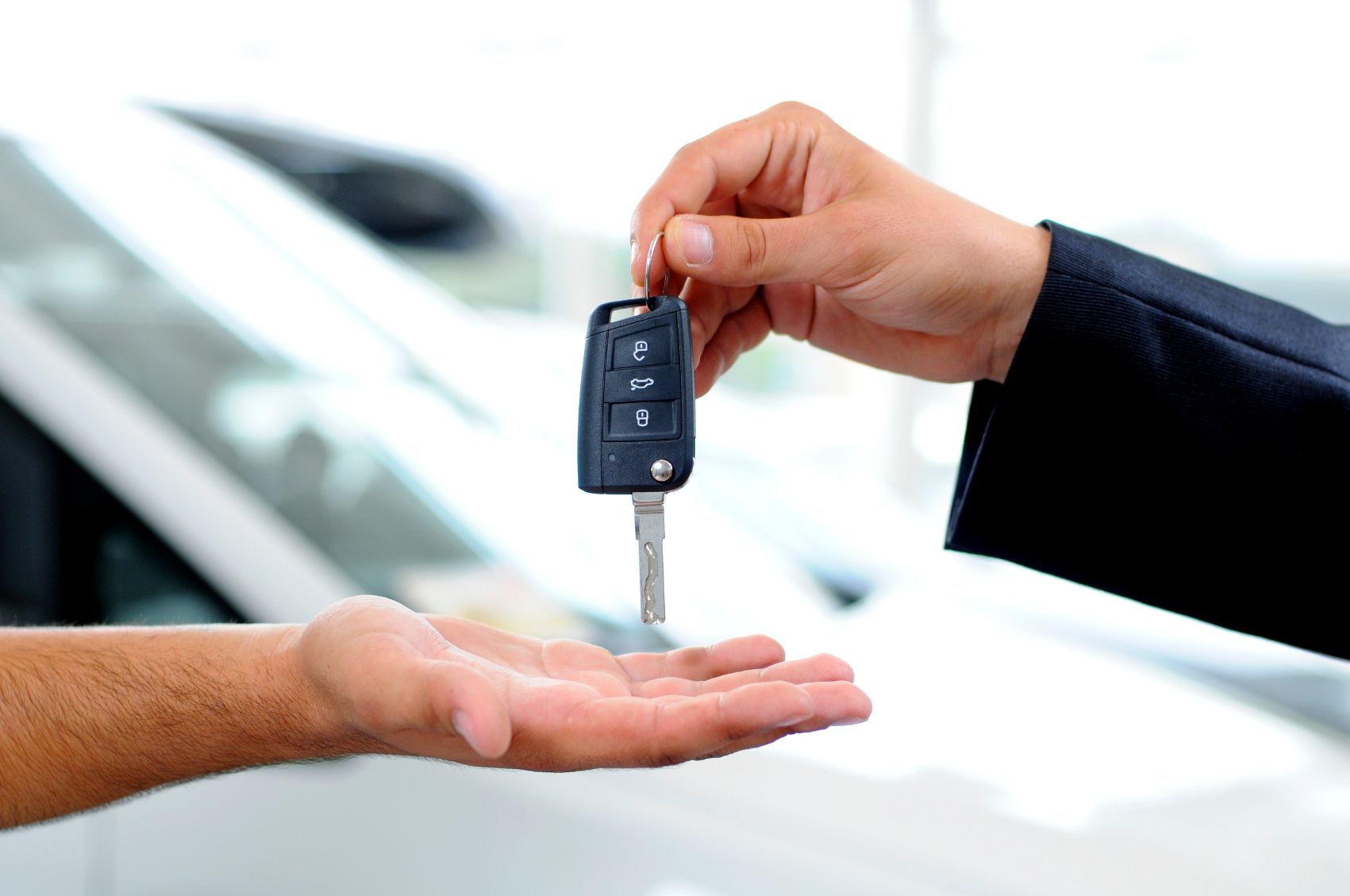The linchpin of any automotive transaction is also one of the most difficult parts, the test drive. It’s incredibly important, but can be uncomfortable, particularly for the inexperienced buyer. Whether it’s with a pushy salesman or a shady Craigslist seller, this guide will outline what every uninitiated buyer should know before their first time. These guidelines require some flexibility depending on the situation, after all, test driving a 1-year-old CPO Civic will be different than a rusty NA Miata, but this is a good place to start. Regardless of the ride you are testing, or the type of seller, read on for a few important tips for your first test drive.
10 10. Bring Your License and Proof of Insurance… and Ask For the Seller’s
It may seem obvious, but proof of your legal driving status is generally a requirement to complete a test drive. Things will go a lot more smoothly if you remember these items, and have them at the ready. Be concerned about any seller that doesn’t verify your eligibility before handing over the keys. On this same note, don’t test drive a car that isn’t properly registered and insured. You should ask the seller to see documentation of their ownership, and that the vehicle has its papers as well. A dealership will have special plates allowing the unregistered vehicle to operate legally on the road, but one way or another the car should have tags.
9 9. Ask For Records
Ask the seller for any records they have about the car. A car with more miles, but an extensive maintenance history may be a better value than a lower mileage option with a questionable past. Even handwritten oil change records from an owner are better than nothing, if they seem authentic. In that same vein, it may be a great idea to get a vehicle history report, as accidents can drastically lower the value of a car or truck, and most vehicle history reports include information about recalls as well. With any used vehicle, records go a long way in easing your mind for your potential purchase.
8 8. Hit the Forums First
It's research time, break out the computer! If you are shopping for any popular model of vehicle, there is a forum dedicated to it. Searching most of these forums will result in a test drive checklist. These people know the common issues with the car you are shopping for, and they can point out the problem areas, and these lists will help you quickly realize if the vehicle you are checking out is a dud.
This is most useful for used cars, but forums will also benefit the new car buyer. You can find out if people are having any issues with their recently purchased rides. Some forums users will even share price and financing information. Lastly, there may be sales or rebates you wouldn’t otherwise know about.
7 7. Test Everything
It may seem tedious, but you should test EVERYTHING on the vehicle. Roll every window up and down, pop the trunk and hood, look for the spare tire, adjust every seat, run the heat, run the air conditioning, use the radio, play around in the navigation or infotainment systems, lock, unlock, and open every door. Try literally everything you can think of before you start thinking about a purchase. Don’t be obnoxious about it, but a good seller or dealer should have the patience for you to verify the function of all of the vehicles features, tech, and toys.
6 6. Be Prepared To Get Dirty
This guideline particularly applies to used vehicles, but choose an outfit you are comfortable laying on the ground while wearing. A test drive is also your opportunity to inspect the car. You are going to want to pop the hood, and look under the car. You probably aren’t a mechanic, so just keep an eye out for obvious leaks, or ugly repairs. If there are gobs of JB Weld holding your perspective purchase together, it might be time to turn and run.
Inspect the tires, peek at the brakes, just take in the general state of repair of the car. If you are about to spend a few paychecks, it is also recommended to take the car to a trusted mechanic for a pre-purchase inspection.
5 5. Make An Appointment
Obviously, if you are meeting an online seller you are going to set up a time and place to meet. You may not know that you definitely want to do the same thing at a dealership. Browse online and find the car you want, call that dealership and make an appointment. It may be helpful to make several appointments in one day, driving competing vehicles back to back will give you a great perspective. As a bonus you can tell your salesman you have another appointment to be at, and you’ll get back to him if you are interested in a purchase.
4 4. Drive More Than One Car
Cross shop cars in the same segment, or if you are in the market for a specific model, try to drive a few of the same car. Check out different trim levels and try out different options if your budget allows. You may find you prefer something you didn’t expect. For instance, many cars have limited headroom when optioned with a sunroof. Be open to at least trying something you may not have initially considered. Don’t write off a brand or model that suits your wants and needs, just because of a preconceived notion, without the experience to back it up. You don’t know what you don’t know.
3 3. You Don’t Have To Buy the Car
You aren’t buying a toothbrush; this is a major investment. You are not obligated to purchase a vehicle just because you sat behind the wheel. It can be intimidating going through this process, but don’t let yourself be pressured into something you don’t want or can’t afford, just because you are trying to be nice. This is a serious business transaction. That being said, the intent of a test drive is to find the car you are going to buy, you aren't just going joyriding. Take it seriously and be respectful, but don’t get yourself into a bad situation just because you feel guilty.
2 2. Drive The Car
The most obvious tip ever. If the seller limits your drive beyond reason, buyer beware. You need to put this car through a series of real-world situations. Turn the wheel lock to lock while driving slowly in a parking lot, accelerate and merge onto a highway, brake hard, and go over a speed bump. While you drive, listen and pay attention. If something sounds or feels off, note it. That will help with the pre-purchase inspection you should probably be getting. You need to spend a few minutes in the pilot seat and imagine driving a few hundred miles, imagine your dog in the back. If you buy it you have to live with it, and a decent test drive should include a realistic test of what a car is expected to do every day.
1 1. Be Safe
There are many ways this rule applies to your first test drive. Firstly, drive safely, wear your seat-belt, and follow the rules of the road. You don’t want to wreck someone else’s vehicle. Imagine the headache of solving that insurance and liability Rubik’s Cube. Secondly, if buying a car from a private seller don’t meet them in a park, at night, with a wad of cash in your pocket. Pick a public place, or better yet, the online transaction space at your local police department. Many departments have safe spaces for buyers and sellers to conduct this exact type of business. No matter the situation, your safety, and safety of others is a top priority. Happy Driving!

